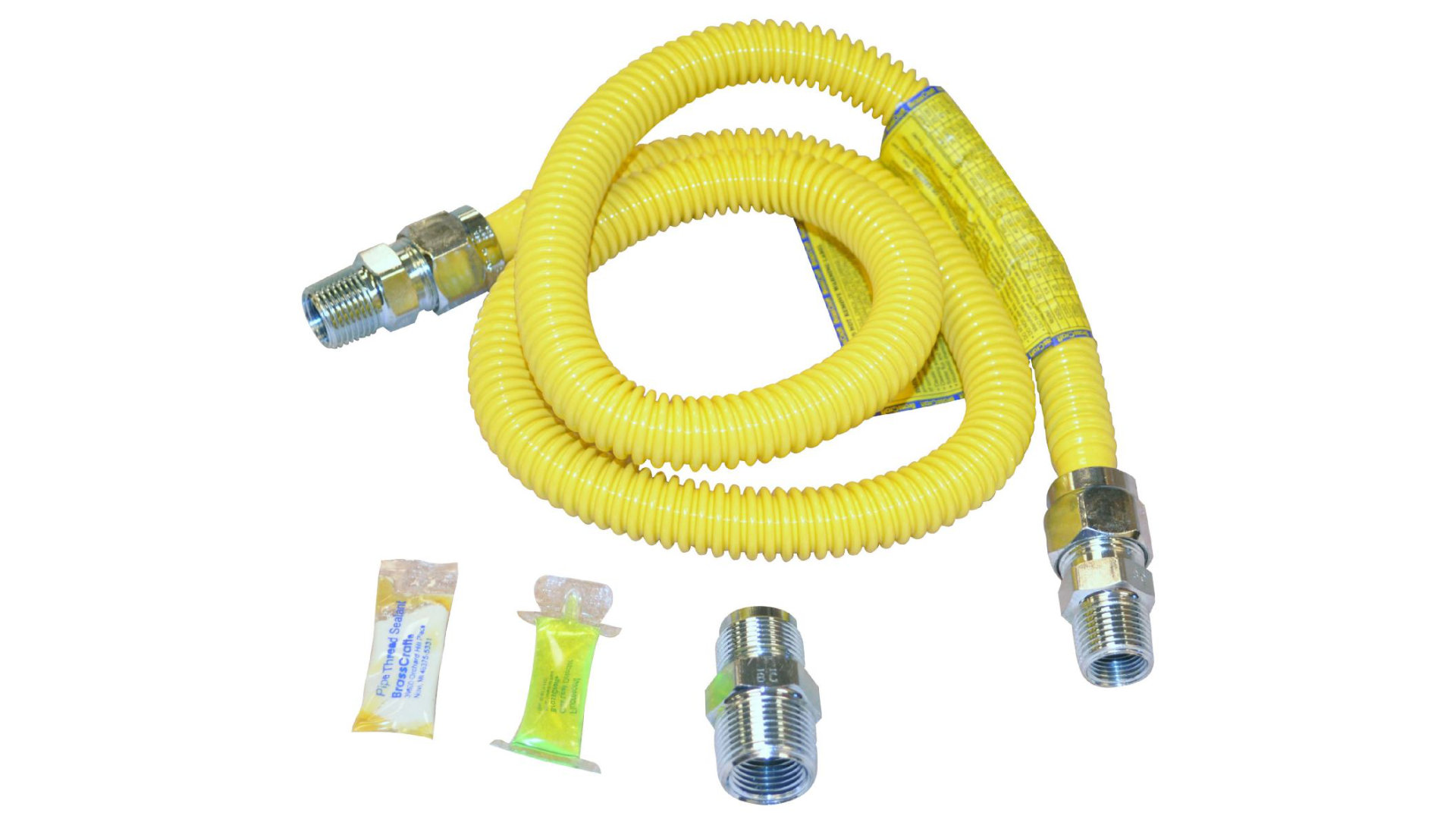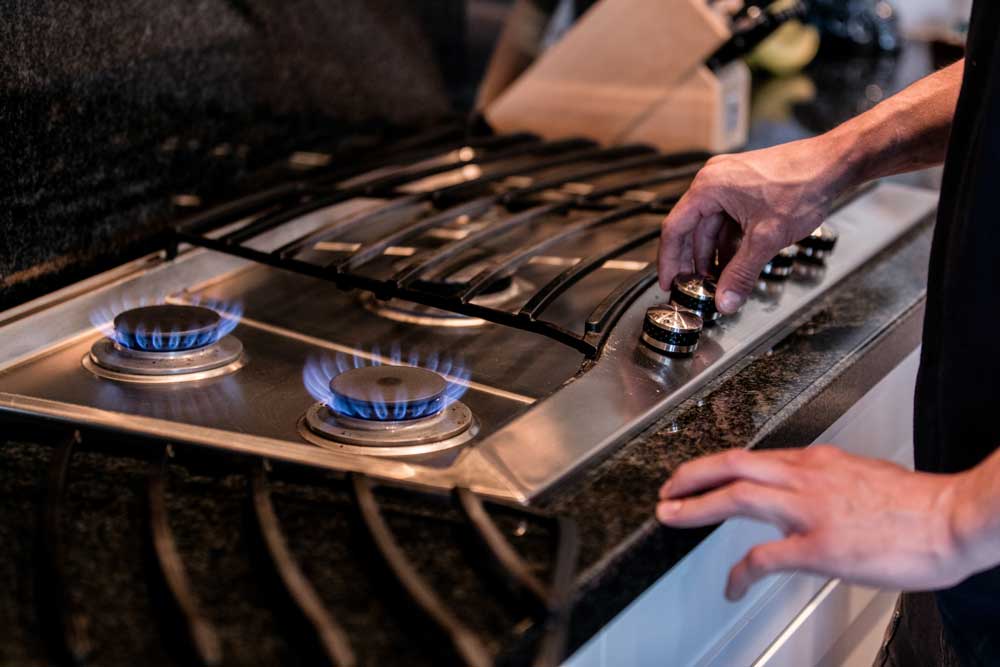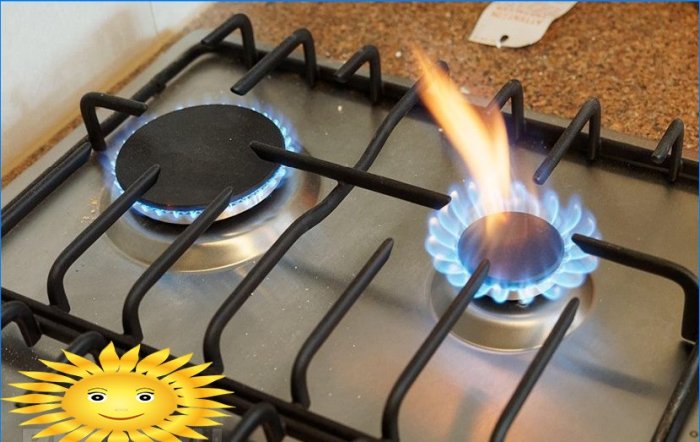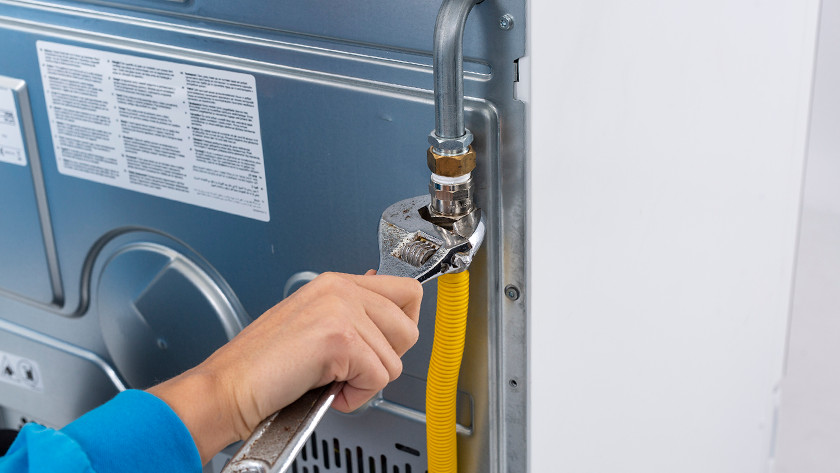Gas Stove Connection: Guide to Safe and Proper Installation
I. Introduction
A. Importance of a safe and proper gas stove connection
A safe and proper gas stove connection is of utmost importance to ensure the efficient and safe operation of your gas stove. A secure connection not only prevents gas leaks but also enables the stove to function optimally, providing you with a reliable and enjoyable cooking experience. This article focuses on the installation and connection process to help you achieve a safe and efficient gas stove setup.
B. Overview of the article’s focus on gas stove connection and installation
This article provides a comprehensive guide to gas stove connection and installation. We will explore the different types of gas connections, such as natural gas and propane, and discuss the components involved in a gas stove connection. Furthermore, we will cover the necessary steps and precautions to properly install and secure the gas stove connection, ensuring safety and compliance.
II. Understanding Gas Stove Connections
A. Introduction to different types of gas stove connections
Gas stoves can be connected to either a natural gas line or a propane gas tank. Understanding the differences between these types of connections is crucial for ensuring the proper installation and operation of your gas stove.
B. Components of a Gas Stove Connection
To have a functional gas stove connection, several components are involved. Familiarize yourself with these components for a better understanding of the installation process:
- Gas supply line: This is the pipe or line that delivers gas from the source to the stove.
- Shut-off valve: The shut-off valve enables you to control the flow of gas to the stove. It should be easily accessible and located near the stove for safety purposes.
- Flexible gas hose: The flexible gas hose connects the gas supply line to the stove. It allows for flexibility and ease of installation.
- Gas regulator: The gas regulator regulates the pressure of the gas flow from the source to the stove, ensuring a steady and safe supply of gas.
- Gas stove adapter or connector: The gas stove adapter or connector connects the flexible gas hose to the stove’s gas inlet, providing a secure and leak-proof connection.
III. Installing a Gas Stove Connection

A. Preparing for Installation
Before installing your gas stove connection, it is important to take the necessary preparatory steps:
- Checking local regulations and codes: Ensure that you are familiar with the local regulations and codes governing gas stove installations. Compliance with these regulations is essential for safety and proper functioning.
- Gathering necessary tools and materials: Collect all the required tools and materials, such as pipe wrenches, Teflon tape, fittings, and sealants, to facilitate the installation process.
B. Properly Connecting the Gas Supply Line
To ensure a safe and proper gas stove connection, follow these steps:
- Shutting off the gas supply: Locate the gas shut-off valve and turn it off to cut off the gas flow before starting the installation process.
- Attaching the shut-off valve to the gas supply line: Connect the shut-off valve to the gas supply line, ensuring tight and secure fittings. Use appropriate tools, such as pipe wrenches, to tighten the connections adequately.
- Connecting the flexible gas hose to the shut-off valve and the gas stove adapter: Attach one end of the flexible gas hose to the shut-off valve and the other end to the gas stove adapter or connector, making sure to tighten the fittings securely.
C. Securing the Gas Stove Connection

After connecting the gas supply line to the stove, take the following steps to ensure a secure and leak-proof connection:
- Tightening all connections using appropriate tools: Use pipe wrenches or adjustable wrenches to tighten all connections, ensuring that they are secure and free from any looseness.
- Testing for gas leaks using a leak detection solution: Apply a leak detection solution, such as soapy water, to all the connections. If bubbles form, it indicates a gas leak. In such cases, immediately disconnect the connection, rectify the issue, and retest for leaks.
IV. Ensuring Safety and Compliance
A. Gas Safety Regulations and Codes

Gas safety regulations and codes vary depending on the location, so it is important to familiarize yourself with the specific regulations in your area. Here are some general guidelines to follow:
- Familiarizing yourself with local regulations and codes
Research and understand the gas safety regulations and codes specific to your region. These regulations may cover aspects such as gas line installation, shut-off valves, venting requirements, and more.
- Following proper installation practices
Adhere to the recommended installation practices outlined in the gas safety regulations and codes. This may include hiring a licensed professional to ensure proper installation and compliance with local requirements.
B. Ventilation and Clearances
Proper ventilation and clearances are essential for safe gas stove operation. Consider the following guidelines:
- Ensuring proper ventilation for gas combustion
Gas stoves require adequate ventilation to ensure proper air circulation and combustion. Ensure that the area where the gas stove is installed has sufficient ventilation, either through natural airflow or through a properly installed exhaust hood or fan.
- Maintaining proper clearances between the gas stove and combustible materials
Maintain appropriate clearances between the gas stove and any combustible materials, such as cabinets, walls, curtains, or other appliances. This helps prevent the risk of fire or heat damage. Check the manufacturer’s guidelines for recommended clearance distances.
C. Regular Maintenance and Inspections
Regular maintenance and inspections are crucial to ensure the ongoing safety and efficiency of your gas stove. Consider the following practices:
- Cleaning the gas stove and keeping it free from debris
Regularly clean your gas stove to prevent the buildup of grease, food particles, or other debris. Follow the manufacturer’s instructions for proper cleaning methods and avoid using abrasive cleaners that may damage the stove’s surface.
- Regularly inspecting the gas connections for any signs of damage or wear
Inspect the gas connections, flexible hoses, shut-off valves, and other components of the gas stove system. Look for signs of wear, corrosion, leaks, or any other abnormalities. If you notice any issues, contact a qualified professional for repairs or replacements.
V. Conclusion
In conclusion, ensuring safety and compliance is paramount when connecting and installing a gas stove. Familiarize yourself with the gas safety regulations and codes in your area, follow proper installation practices, and prioritize proper ventilation and clearances. Regular maintenance and inspections will help keep your gas stove in optimal condition. By prioritizing safety and compliance, you can enjoy the convenience and benefits of a gas stove with peace of mind. Remember, when it comes to gas appliances, safety should always be the top priority.

